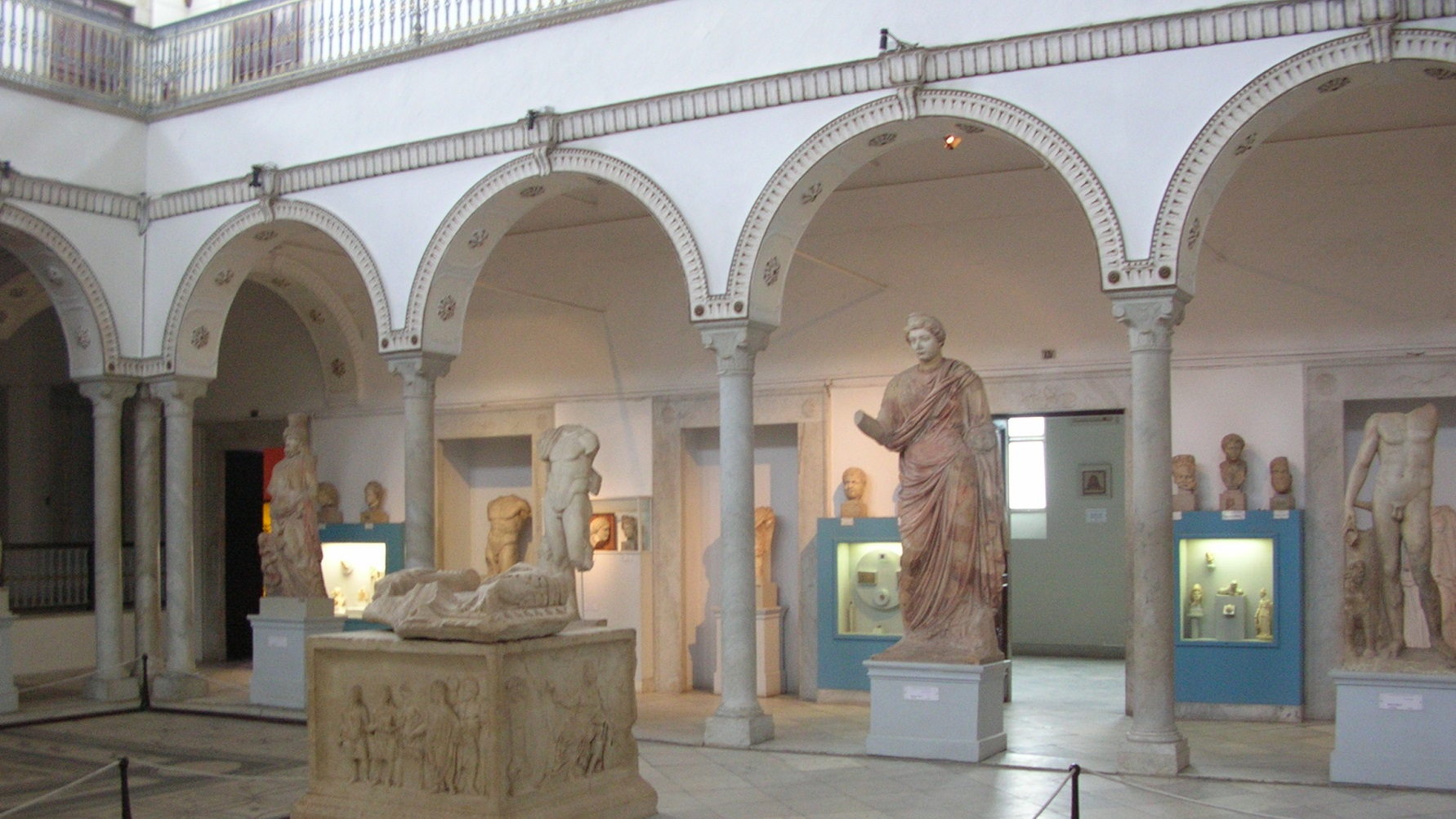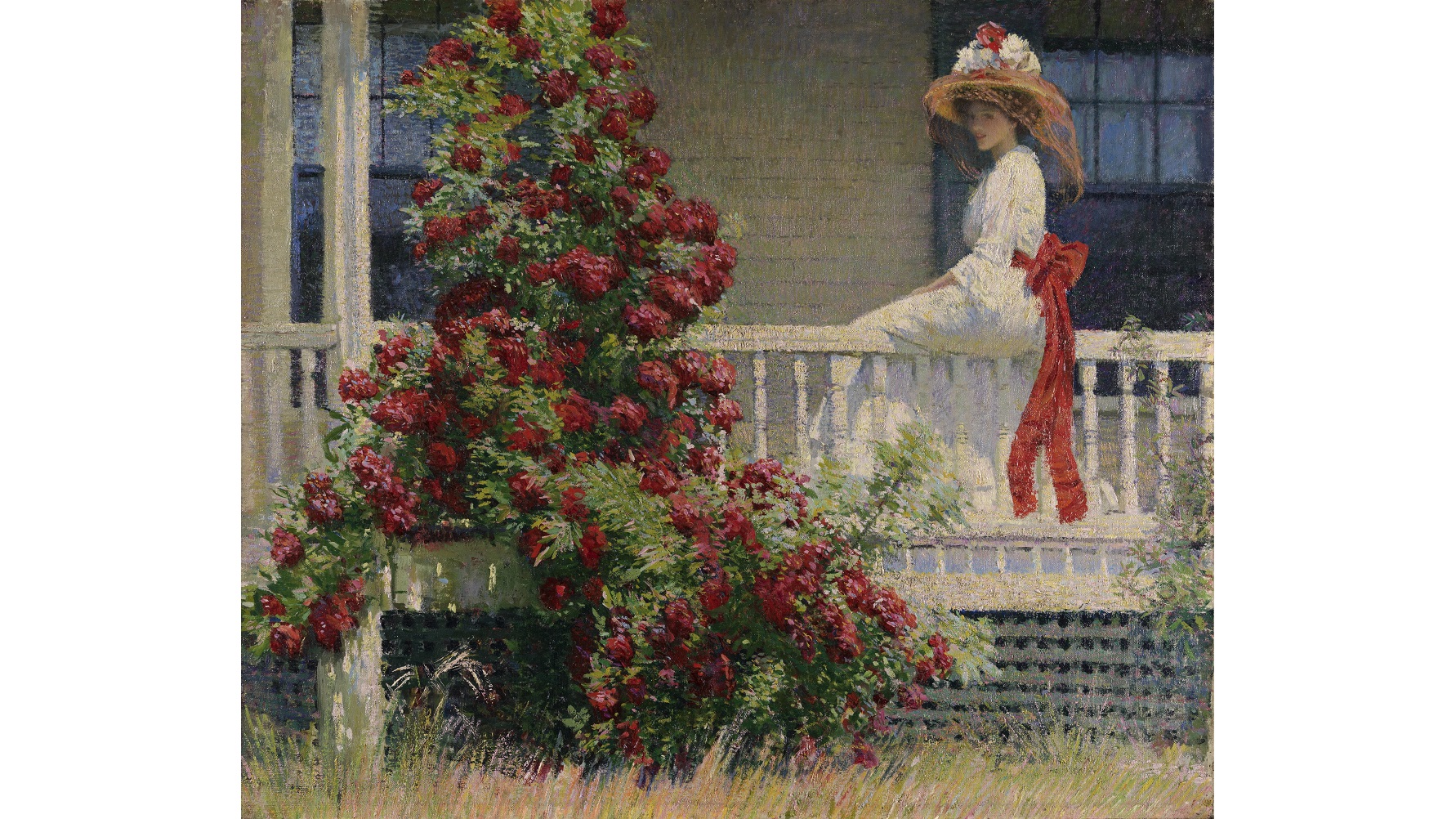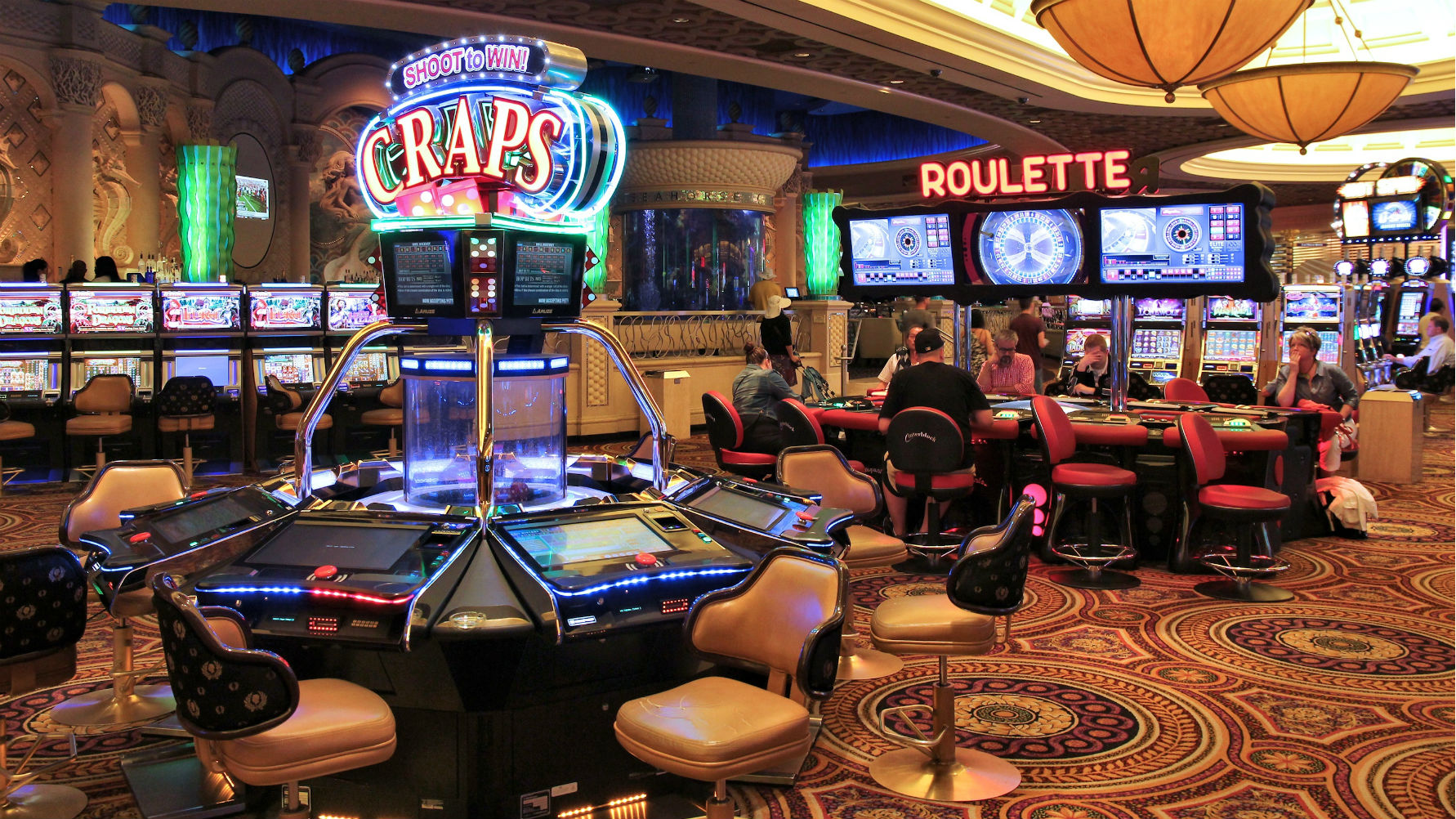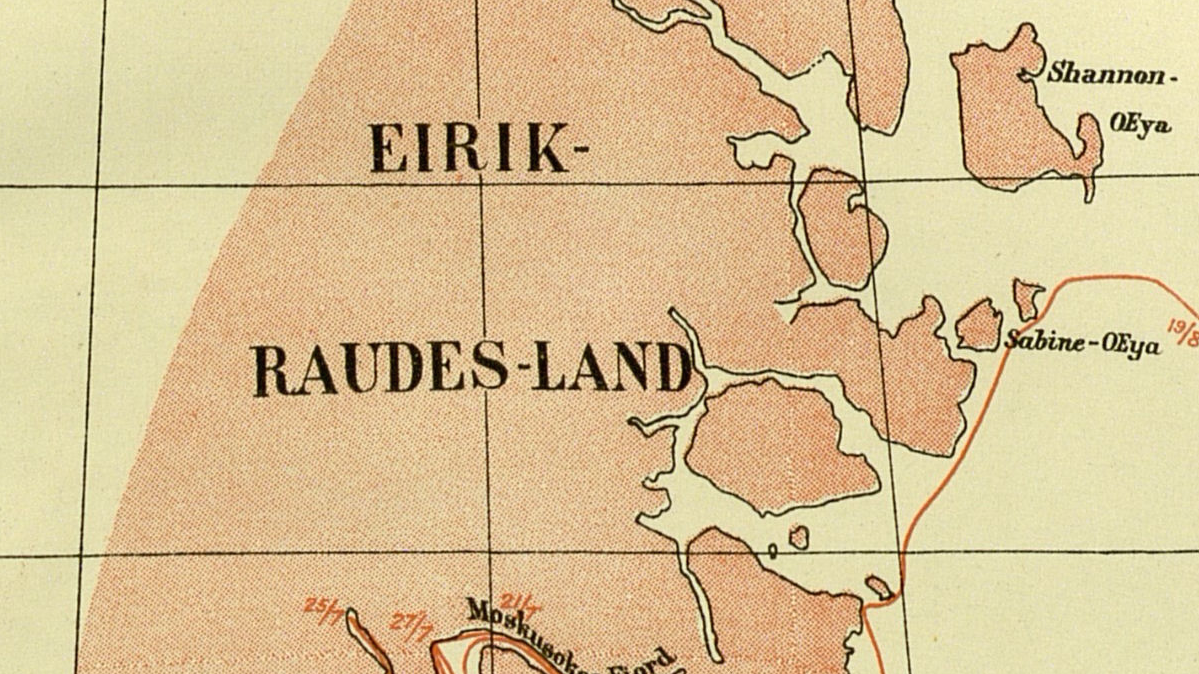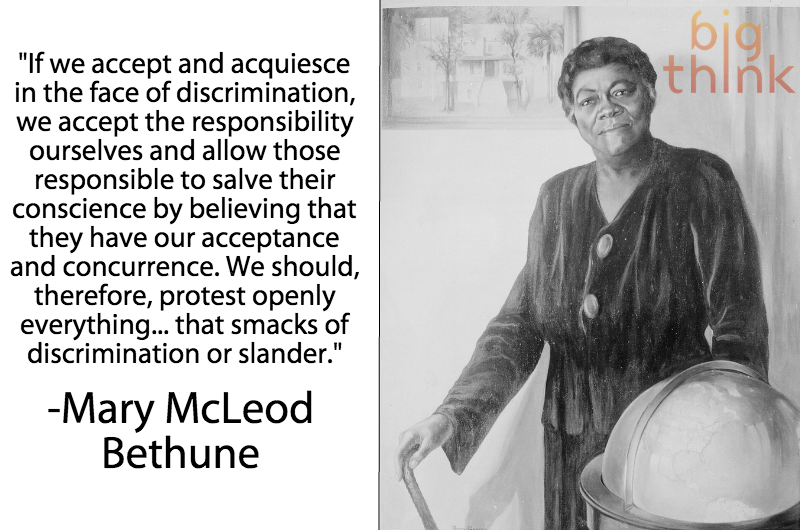The nonprofit sector is unfairly geared toward large, mainstream organizations that take in the most money but don’t adequately engage with the people most affected by a problem.
Search Results
You searched for: color
The attack at the Bardo National Museum in Tunis, Tunisia, on March 18, 2015, was an attack on civilization itself. Not just Tunisian civilization or Western civilization or Islamic civilization or Christian civilization — ALL civilization. ISIS may not have been directly involved in the Tunisian attack, but its iconoclastic, its “year zero” philosophy certainly was present. The fact that these attackers targeted tourists seeking out ancient civilizations rather than the artifacts of those ancient civilizations makes this latest tragedy even more chilling. The Bardo National Museum attacks may one day emerge as the first battle in the ultimate fight for civilization’s survival.
Few inhabitants of the world’s biggest megacity have any idea of its existence, or of its name.
On February 8, 1915, at Clune’s Auditorium in Los Angeles, California, D. W. Griffith’s Birth of a Nation premiered. The fledgling art form of film would never be the same, especially in America, which even half a century after the end of the Civil War struggled to come to terms with race. Now, a century after Birth of a Nation’s premier, America still struggles not only with race, but also with how race plays out on the silver screen. For good and ill, Birth of a Nation marks the beginning of the first 100 years of the American Cinema—epically beautiful, yet often racially ugly.
Other particles — electrons, neutrinos, photons and more — can exist on their own. But quarks never will. Here’s why. Image credit: Wikimedia Commons user Maschen under C.C.-1.0. “In physics, you don’t have to […]
Last week, the Supreme Court heard oral arguments in Equal Employment Opportunity Commission (EEOC) v Abercrombie & Fitch Stores, a case involving a Muslim woman whose headscarf, or hijab, disqualified […]
The most famous logic puzzle from the best police comedy on television, and how to (finally) solve it! “I have made the most important discovery of my career, the most […]
American Impressionism’s often been seen as a pale copy of the French Impressionism that flowered in the late 19th century. Although American Impressionists early on copied their French counterparts (and even made pilgrimages to Monet’s Giverny garden and home), the exhibition The Artist’s Garden: American Impressionism and the Garden Movement, 1887–1920, at the Pennsylvania Academy of the Fine Arts through May 24, 2015, proves that American Impressionism quickly blossomed into something distinct—and distinctly American—by the turn of the 20th century. Capturing aesthetically a moment of contradictions as American nativism threatened to close borders while women’s suffrage struggled to open doors, The Artist’s Garden demonstrates the power of flowers to speak volumes about the American past, and present.
After the CMB, before the first stars, there was nothing to see. Or was there? “[I]f there were no light in the universe and therefore no creatures with eyes, we […]
Obesity is one the rise, and telling people to just eat less isn’t enough to stop it. One study thinks it has found a way to curb men’s appetites by simply changing the lighting in the room.
Using Experimental Philosophy to Shift Perspective, with Jonathon Keats Jonathon Keats introduces his workshop by listing the following five rules for looking at the world like an experimental philosopher: 1. […]
Spin a roulette wheel a million times, and you’ll see a fairly even split between black and red. But spin it a few dozen times, and there might be “streaks” of one or the other. The gambler’s fallacy leads bettors to believe that they odds are better if they bet against the streak. But the wheel has no memory of previous spins; for each round, leaving aside those pesky green zeroes, the odds for each color are always going to be 50-50.
The most important lessons about Earth come from looking outward. “We came all this way to explore the Moon, and the most important thing is that we discovered the Earth.” […]
How often does a CEO directly and publicly address organizational politics? How many compose a list of the worst forms or could even identify them?
On March 4th at 19:30:15 Universal Time, Venus and Uranus will pass within 0.1° of each other. Here’s how to see it. “Since you cannot do good to all, you […]
Joy Division’s iconic “soundscape” was designed by a Cornell University astronomer.
In 1931, Norway annexed part of Greenland. It could have been the start of a very Cold War indeed.
And why do some of them appear to be right here in our own galaxy, which formed much later? Image credit: DSS, of SMSS J031300.36–670839.3, candidate for “oldest star.” “Let […]
Civil rights leader Mary McLeod Bethune on never giving in to discrimination:
“If we accept and acquiesce in the face of discrimination, we accept the responsibility ourselves and allow those responsible to salve their conscience by believing that they have our acceptance and concurrence. We should, therefore, protest openly everything… that smacks of discrimination or slander.”
During a recent bout with depression, comedian Ruby Wax took time off from her career to pursue a Master’s degree in Mindfulness-based Cognitive Therapy from Oxford University.
Do you dig social media, kung fu, ascetic lifestyles, and the color orange? If so, the Shaolin Temple has just the job for you.
The cosmic background radiation of the Universe once fried everything, but is now barely above absolute zero. Where did that energy go? “I think one of the coolest things you […]
This International Women’s Day, celebrate Henrietta Leavitt, who took us beyond the stars and into the galaxies. “Her will tells nearly all. She left an estate worth $314.91, mostly in […]
“The extasy [sic] of abstract beauty,” artist Richard Pousette-Dart scrawled in 1981 in a notebook on a page across from a Georges Braque-looking abstract pencil drawing. Although included in Nina Leen’s iconic 1951 Life magazine photo “The Irascibles” that featured Abstract Expressionist heavyweights Jackson Pollock, Willem de Kooning, Mark Rothko, and Barnett Newman, Pousette-Dart has always stood on the edges, as he does in the photo, of full identification with that group.
According to a story doing the rounds on social media, organ transplant patients can take on the personalities of their donors. Don’t believe the hype.
How we’re still, only now, just discovering the closest stars to Earth. “As a boy I believed I could make myself invisible. I’m not sure that I ever could, but […]
Lessons from the Universe whenever a light goes out. “End? No, the journey doesn’t end here. Death is just another path, one that we all must take. The grey rain-curtain […]
The United State owns the market on personal data with companies like Facebook and Google. This puts America in a position of power when talking about privacy rights. But that may mean being at odds with the international community.
How a funny idea to ship your enemies glitter turned into an empire. “There is a concept that is the corrupter and destroyer of all others. I speak not of […]
Ever since American Commodore Matthew C. Perry sailed into Uraga Harbor near Edo (the earlier name for Tokyo) on July 8, 1853, ending the isolationist policy of sakoku and “opening” (willingly or not) Japan to the West, “the Land of the Rising Sun” and its culture have fascinated Westerners. Yet, despite this fascination, true understanding of that history remains elusive. A new exhibition at the Philadelphia Museum of Art, Ink and Gold: Art of the Kano builds a cultural bridge for Westerners to Japan’s heritage through the art of the “Kano School,” a family of painters to the powerful who influenced all of Japanese art from the 15th to the late 19th century. Combining the sumptuousness of golden artworks with the compelling story of their makers, Ink and Gold: Art of the Kano offers the key to unlocking the mystery of Japan through the art of the Kano.

